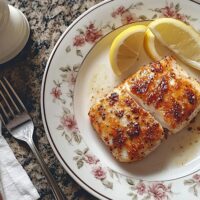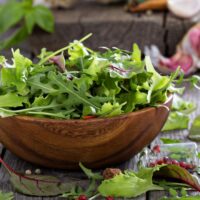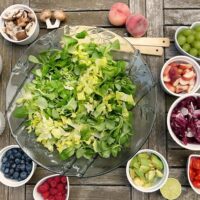How to Stop “Night Worrying”
Ever find yourself lying in bed, staring at the ceiling while your mind races through tomorrow’s to-do list, replaying conversations, or wondering if you forgot to pay a bill? You’re not alone.
The result: Instead of enjoying a deep slumber, we start chewing on our anxieties—but without solving or effectively processing anything.
For many adults, getting quality sleep is more about quieting the mind than counting sheep.
One simple, effective tool? The bedtime brain dump. It’s not fancy, and it doesn’t require a special app. All you need is a pen, a few minutes, and the willingness to let your thoughts spill onto paper. Here’s an example of how it works—and why it can help you sleep more soundly tonight. 
Brain Dump – Just Before Bed
- Respond to Jim’s email before lunch.
- The boss wants to talk to me. Will I lose my job?
- That new neighbor’s dog has a funny bark.
- What was that quote I liked from the podcast this morning?
- Should I switch to decaf after lunch?
- I miss biking—should pull mine out this weekend.
- I’m trying to cram too much into my days and need to cut back on something.
- Buy dog food tomorrow and pick up a birthday card for Lisa.
Your brain was designed to think—but it doesn’t have to do it all night long. Even thoughts that seem silly or disconnected can weigh on the mind. A quick brain dump before bed can be the release valve your mind needs to stop spinning and settle down.
Simple, right?
It can work really well, but the biggest challenge: Getting yourself to actually do it.
Call it a 14-day challenge that takes just five minutes a night. That tiny time investment could save you a whole lot of tossing and turning.
Of course, like anything, maybe it’ll work for you—and maybe it won’t. But there’s only one way to know for sure.
So, grab a notebook, keep it by your nightstand, and give yourself a place to unload your thoughts. (This is also handy if you wake up in the night and think of something you need to remember in the morning.) You might be surprised how much more restful sleep feels when your brain isn’t busy being your overnight assistant. 
✅ Tip: Don’t overthink it. A brain dump isn’t about crafting beautiful sentences—it’s about clearing space. Spelling, grammar, and organization don’t matter here. Just write it out and let it go.
Shoot me an email if you’d like me to send you the Bedtime Brain Dump Worksheet.
**Sweet dreams start with a clear mind.**📝💤
Much love,
Health Coach Carol
“Let gratitude be the pillow upon which you kneel to say your nightly prayer.” –Maya Angelou








